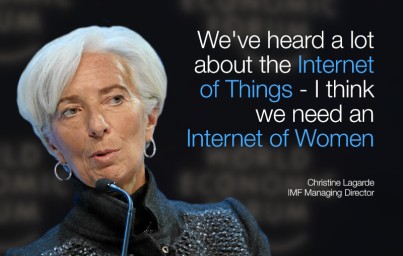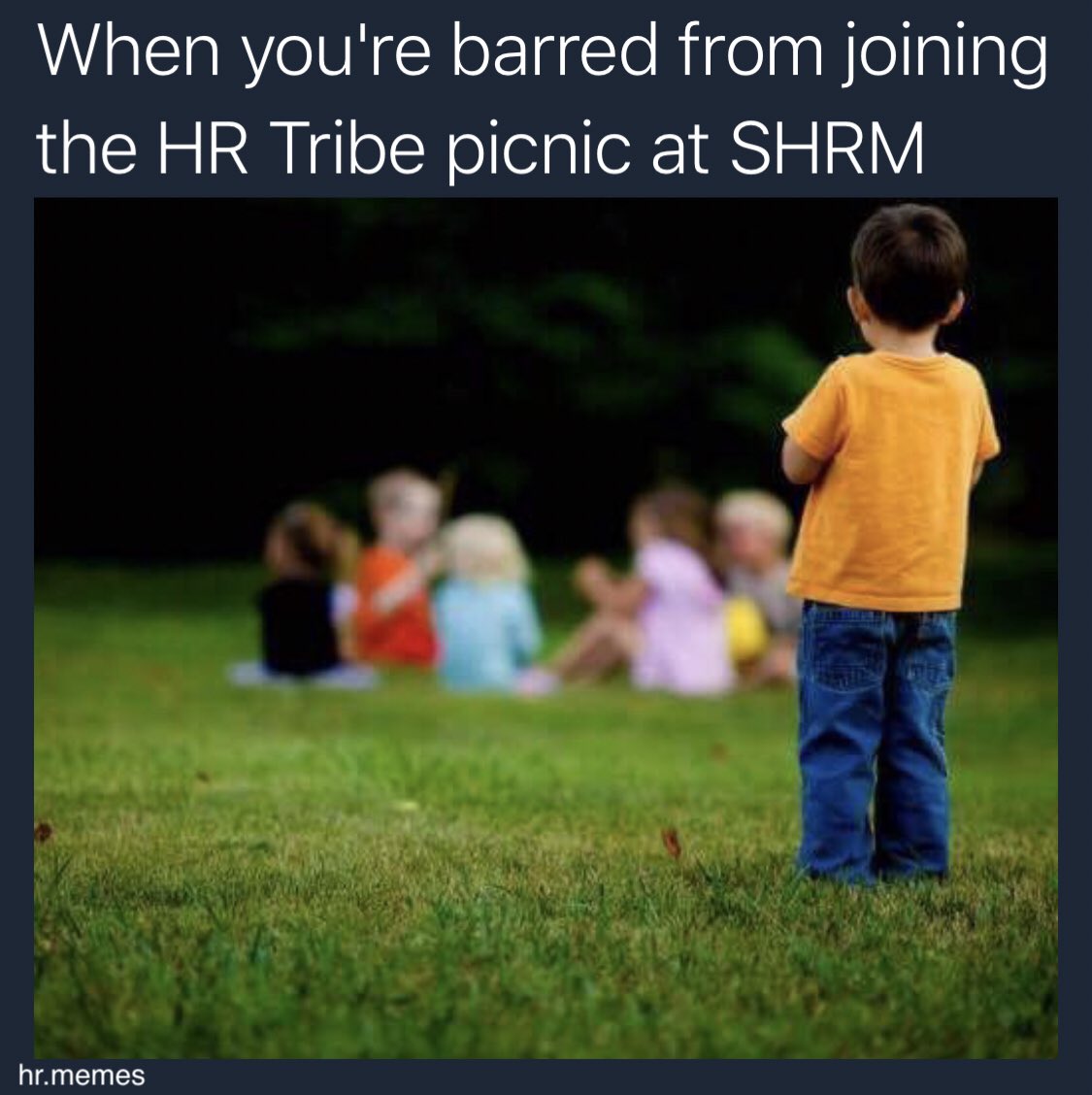There is a noticeable focus on “culture” lately, whether the topic is recruiting, engagement, development, retention, what have you. It’s all good stuff to discuss. I mean, it’s been around for a REALLY long time, but I’m glad to see intentionality around something that is going to happen anyway.
The prevailing theme I’ve noticed is the idea that culture will make or break your organization; that if your culture isn’t right ain’t NOTHIN’ in your organization is right.
I’m here to say….kind of.
Even in the most challenging of cultures, there are things that an organization might be doing really, really well. Just like in a good culture, there are things an organization might be crashing and burning on. I think culture buys grace and benefit of the doubt – a good culture means employees are slightly more understanding when an implementation or initiative goes wrong. It’s not a get out of jail free card, though. Organizations still need to focus on the right things across the board to help their employees contribute their best selves at work.
I’m reading Patty McCord’s book Powerful, recommended through the HR Book Club (check out the book club here!). If the author sounds familiar, it’s because she was one of the co-authors of the famed Netflix Culture Deck. This (pretty long) document has evolved over the years and is often cited as an example of how that company just “gets it.” McCord has gone on to become an in-demand consultant, helping organizations with their cultures and growth. Whether or not you think Netflix is a company you want to emulate (and there are those who question some of their tactics), Powerful outlines some very relevant points about how to be intentional about the organization your building – from the culture to employee engagement. Much of the advice goes beyond traditional “HR” or “talent” suggestions – which I appreciated.
As I read the book, I couldn’t help but think that while the intent of the book is to imply only “good” cultures follow, I’ve worked in organizations that did many of the things in the book…yet had a reputation for being a “bad” culture. This was a helpful realization – it reminded me that even in the most challenging of environments, you can identify positive elements to take with you. 
I’ve jokingly referred to a past organization in past posts (rhymes with fish), and while yes…it was a very tough culture to work in, I learned a lot while I worked there. I also truly appreciated some of the business practices that leadership followed that I have missed in other organizations, including ones highlighted in McCord’s book.
Here are some of the things that were done in this “bad” culture:
- Quarterly all company updates: Every quarter, the executive leadership team would hold a virtual “all hands” meeting – at corporate, it was live; in other locations, it was broadcast on our internal channels. At this meeting, employees heard from the CEO, CHRO, General Counsel, COO, CFO, CMO, and any business leaders spearheading a major initiative. The CFO update in particular was excellent – we learned how the company measured financial success, how to read a basic P&L, and what variable costs employees could help control in their jobs. Lesson: You want employees to learn how a business makes, saves, and spends money? Tell them.
- Field visits: We used to call them “ride alongs.” Basically, if you worked in corporate, you were encouraged (and at director and above, required) to do a quarterly visit in the field. This would include a day spent with an installation tech and a day spent with a call center agent – preferably, in a market other than your own. It was a great way to talk to employees in their own environment, and to give them a chance to brag about their jobs…and share their concerns about corporate. Lesson: Think HQ is too much in an ivory tower? Make people leave it.
- Visibility to all parts of the business: Because not all employees could go on ride alongs, new employees learned about the business in new hire orientation. The group was given an overview of operations and asked to manage a budget spit amount R&D, field ops, call centers, corporate, and people; and based on the budgeting, they saw the impact spending had on other parts of the business and had to learn to think through business decisions strategically (or as strategically as you can as a new employee). In the high potential development program, we took participants to other locations and gave them a chance to learn more about a new business unit. Lesson: You want people to think like an owner? Let them see what they’re making decisions about.
There are countless other examples that occurred on a daily basis that helped me understand fully what the business was trying to do and why. Being in HR, I often saw more than the average employee about how and why decisions were made – it wasn’t always pretty, but it was fairly transparent. I cut my teeth on corporate America there and have carried those lesson with me throughout my career. And even though it may not have been seen as a “good” culture, it was definitely an “aligned” culture – we knew who we were and didn’t shy away from it. For those who loved the environment, it was a great place to work. For others…it was a great place to learn from and move on.
This post is meant to remind you that there is something to learn from every business…but it’s also a cautionary tale. Just because you check off a bunch of “culture positive” initiatives you read in a book doesn’t mean you’ll automatically create a positive culture. It comes down to the people who execute those initiatives and the daily interactions that happen among leadership, employees, and customers. It’s about the intention and morality of those people. It’s about what you reward and tolerate in your organization.
All hope is not lost, though. It’s still worth the effort to lay a good foundation and build from there. Even the toughest cultures can inspire employees to take the lessons they’ve learned and be better leaders. So don’t dismiss a “bad” culture outright – sometimes there are diamonds in that rough.
Have you worked in a “bad” culture that did some things right? I would love to hear about it! Share in the comments or connect with me online.

